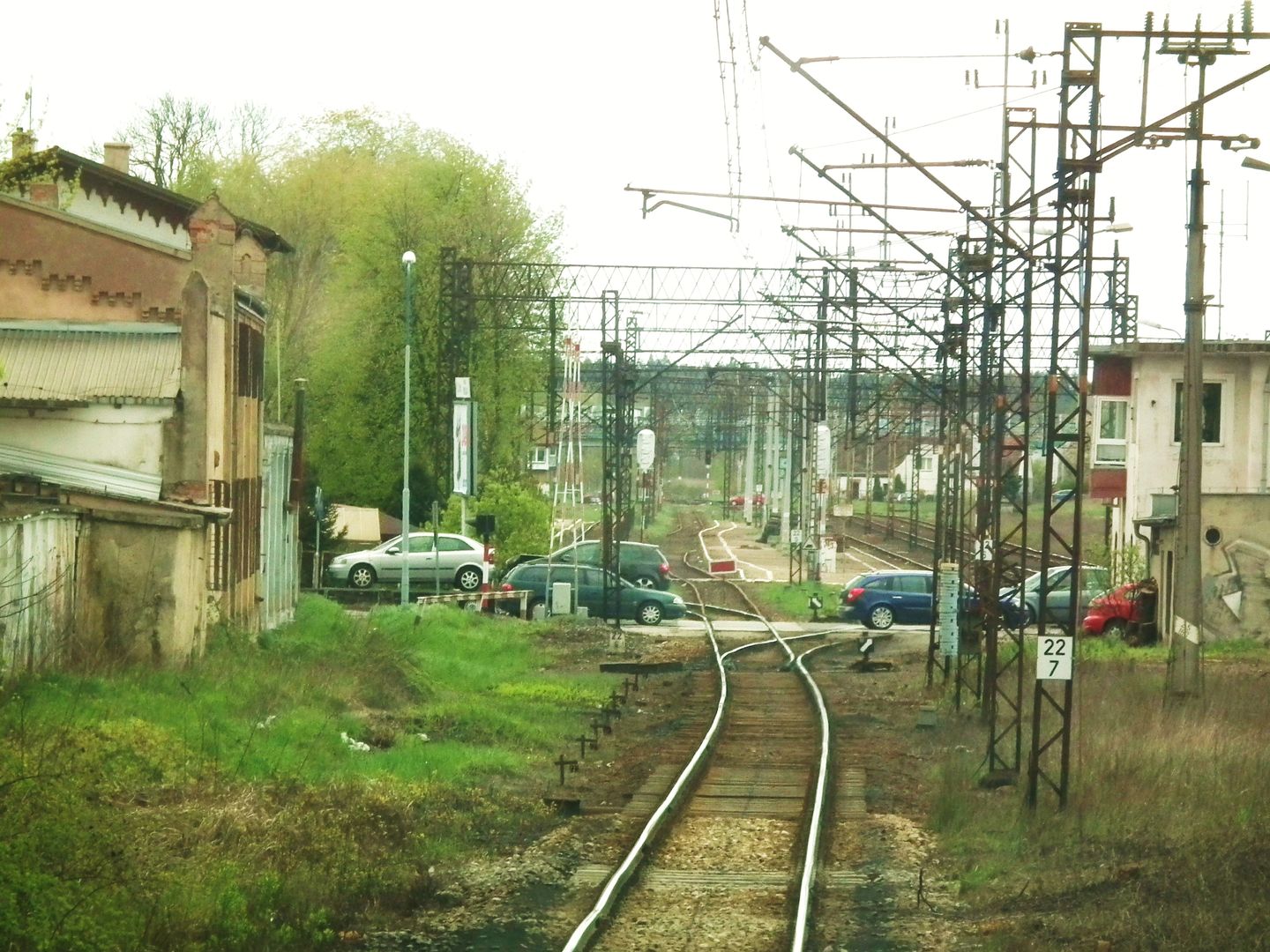Lubin
6.08

Overview
The railway junction in Lubin boasts a rich history, dating back to 1869 when the line from Legnica and the railway station were opened. Its architectural aspects were influenced by its role as a garrison town and the growing industrial plants that required transportation. Key dates include the opening of the line to Rudna Gwizdanów in 1871, the line to Chocianów in 1910, and the construction of a steam locomotive depot in 1915, which served local rail traffic. After World War II, Lubin underwent significant transformation, and in 1945 it was given the Polish name "Lubiń Lignicki." The station changed names multiple times; in 1981, it was renamed "Lubin Górniczy," reflecting the development of the copper industry. Rail traffic experienced various periods of intensity, and in the 1980s, the line to Legnica was electrified, improving travel comfort. Interestingly, in 2012, despite residents' protests, the railway station was demolished, which drew criticism. After the renovation was completed in 2019, the station gained new connections, including to Wrocław and Legnica, as well as international services operated by Austrian Railways. Today, Lubin is a key railway station with two active lines, and the history of the station and its architectural ties to the copper industry and regional transport continue to fascinate travelers.
Location
2025 Wizytor | All Rights Reserved